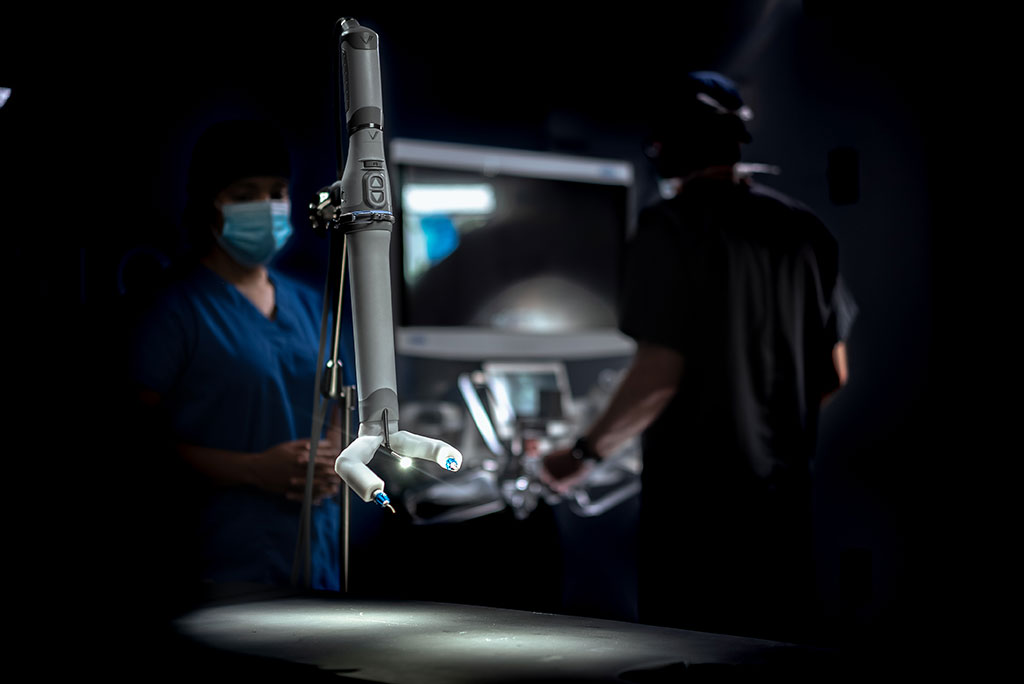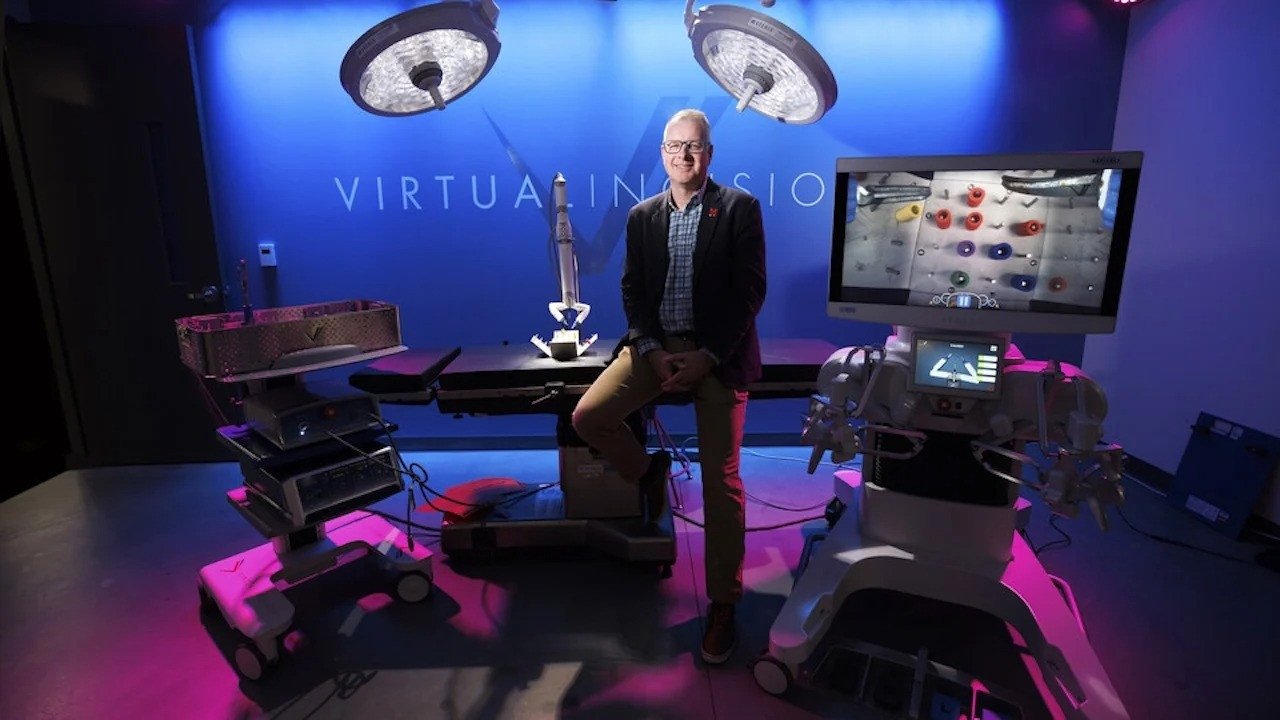NASA is actively developing plans to return to the Moon and land the first people on Mars in the 2030s. But during such incredibly risky missions, anything can happen to the crew. For example, serious injuries requiring surgical intervention are not excluded. Unlike the International Space Station (ISS), where an astronaut can return to Earth for emergency medical care in a matter of hours, deep space travel is a completely different scenario.

To overcome this problem, NASA is preparing to test a remote robot surgeon called MIRA. This is a high-tech device consisting of a main section equipped with two instrumental manipulators that can be controlled remotely for the treatment of injured astronauts.
The robot has been developed for almost two decades. This is the brainchild of Virtual Incision from Nebraska with the participation of a team of engineers from the University of Nebraska-Lincoln. The MIRA device will be tested on the ISS in 2024 to find out if it is a viable medical instrument for long-term crew missions to deep space. During tests aboard the orbiting outpost, MIRA will work in a microwave-sized experiment chamber and perform procedures that mimic those used in surgery.

MIRA turned out to be quite compact and weighs less than a kilogram. The robot’s dimensions allow it to be placed in a small spacecraft with strict weight restrictions in relation to cargo. A surgeon on Earth will be able to control the robot using a console with foot pedals, which will give the operator full control over MIRA instruments and endoscopic vision of anatomy in real time. MIRA will be able to perform minimal invasive surgeries and even dental procedures.
Virtual Incision co-founder and Chief Technology Officer Shane Farritor stated: “It is important to test the capabilities of technologies that can be useful during missions measured in months and years. Therefore, the ISS will help us hone the technology of remote treatment.”
Earlier we reported on how a trio of Astrobee robots learned to work separately from astronauts on the ISS.
Follow us on Twitter to get the most interesting space news in time
https://twitter.com/ust_magazine

